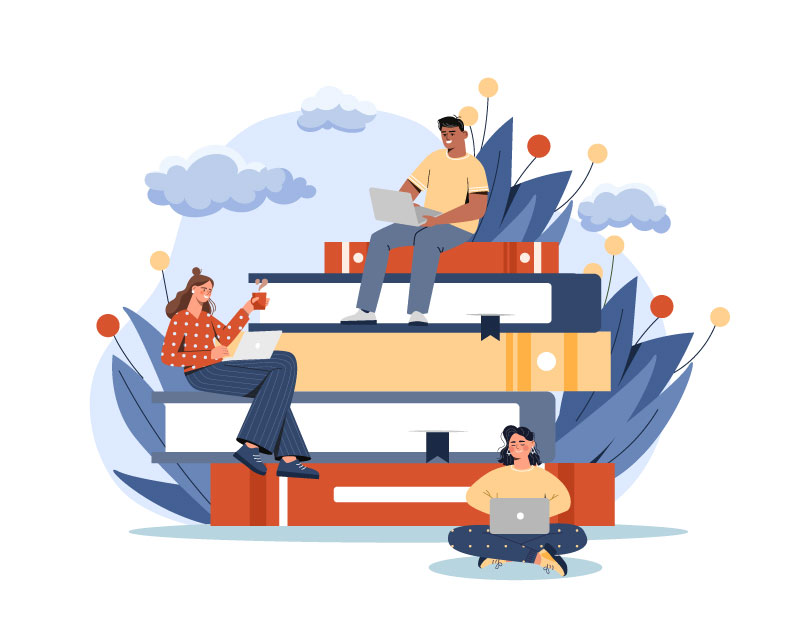
Blog
Dive into a collection of thought-provoking blogs from PIP’s experts, offering fresh perspectives and actionable insights on the latest trends in education technology.
Emery Beckman • August 24, 2022 • 0 comments
The Student Perspective: How EdTech Onboarding Impacts Learning Outcomes

By Emery Beckman, Customer Engagement Specialist
As a full-time online student at the University of Central Florida, I recognize that the evolution and implementation of technology has transformed my education. Not only does it enable flexibility to complete my degree from any location, but it also enhances my learning experience and outcomes. Through my experience as a student and intern in the EdTech space, I have directly seen how crucial proper EdTech training is to the success of student learning.
Why is training necessary?
As beneficial as technology is, students and instructors are expected to know the many platforms used to build a course and provide resources for specific subjects. Without the implementation of EdTech training, students and instructors spend valuable time trying to learn and navigate these platforms. Furthermore, students tend to have some degree of experience with technology, increasing the pressure on instructors when both parties are unfamiliar with a technological product. Edsurge.com states, “Stereotypes painting all young people as ‘digital natives,’ and all students as masters of technology, are not accurate. We can’t forget that we have to help them learn how to use these technologies, so they can get the most out of their learning experiences.” However, instructors are not the only ones prompted to adapt to technological advancements. As an online college student, I am fortunate to have received training from my professors when new EdTech products were implemented, allowing me to benefit from the platforms and advance my education. When instructors are trained and transfer that knowledge to their classes, students are enabled to navigate the platforms independently and smoothly. Having the proper resources to implement changes is crucial to avoiding confusion and preventing learning setbacks.
In my role at Partner in Publishing, I have the opportunity to teach EdTech platforms to both instructors and their students. I witness firsthand how thorough training serves as the foundation for the successful start of a course. Many instructors have indicated that with the help of onboarding, educators and students alike are supported throughout the process of registering for and navigating their new EdTech product. Based on my experience both as a student and Customer Engagement Specialist, I believe that it is essential for everyone using technology to be adequately trained. Thankfully, resources continue to become readily available to help ease these transitions.
Student Impacts
From a student’s perspective, we should have the right to focus our time and energy on the course material within these platforms instead of the EdTech platforms themselves. Students should not worry about falling behind in their classes to figure out how to navigate the different elements of classroom technology. As an online student, I have found these platforms to be easily adaptable when provided with sufficient training. Without in-person lectures, I am often asked if I am receiving an engaging education due to my professors being distant from me. However, I can happily report that due to EdTech, my education has in no way suffered from an online platform. In fact, there have been many advantages that in-person students do not have. For example, I can work during hours that are most convenient for me by having complete control of the platforms, and it has also taught me excellent time management. Additionally, I can take on more projects outside of school since I am not bound to specific days and times designated for education.
Ultimately, I believe that academic success begins with proper instruction on the necessary tools. From my vantage point, thorough training on these platforms provides ease for users and an increase in positive learning outcomes. EdTech platforms are meant to provide resources and learning support but without the appropriate training, it can ultimately result in the opposite. Thankfully, when onboarding and training are prioritized, students and educators are benefiting from these tools and learning how to use them to their advantage.

About the Author
Ready to Partner with Industry Leaders?
Discover how we can help your EdTech brand grow and succeed.
Strategic Partnerships Start Here



